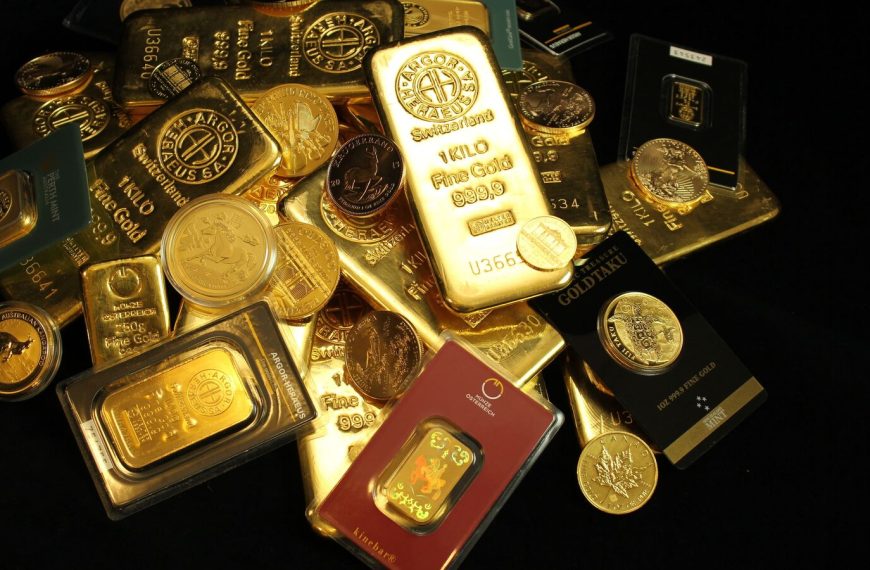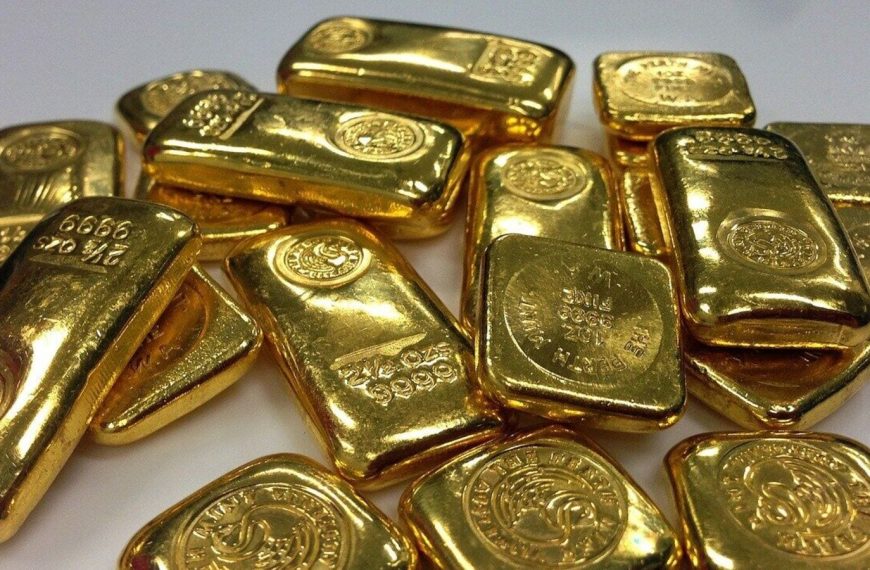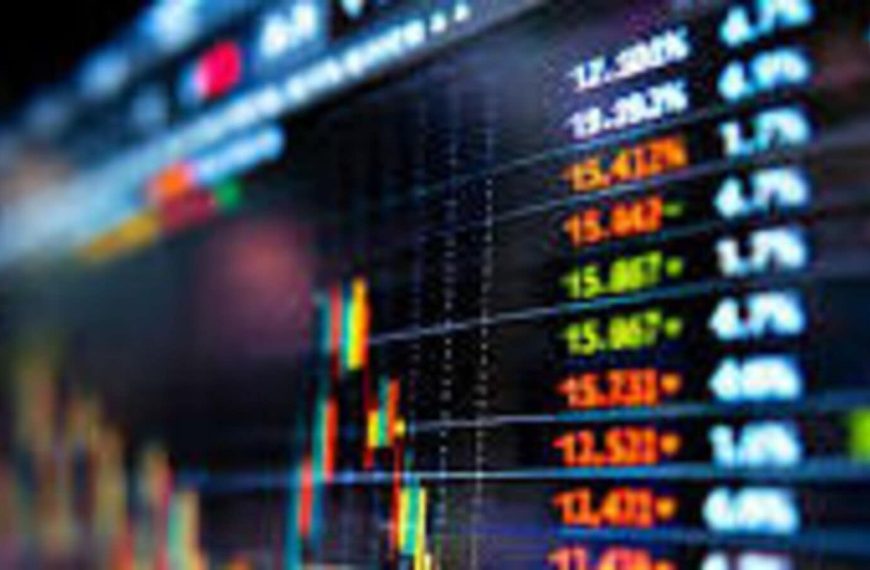On Friday, gold prices soared to an unprecedented peak, primarily fueled by escalating fears surrounding a trade war. This surge coincided with U.S. President Donald Trump‘s announcement of impending tariffs on all automobile imports. The precious metal climbed by 0.7%, reaching $3,077 per ounce, thereby breaking Thursday’s record and marking its fourth consecutive week of gains.
Trade War Fears Drive Gold Prices Higher
Trump’s recent proclamation introduced a 25% tariff on auto imports, coupled with warnings of stricter consequences for the EU and Canada if they retaliate. Moreover, markets are gearing up for another round of trade tariffs set to be unveiled on April 2, as the White House prepares to implement reciprocal tariffs. However, the full implications of these actions remain to be seen.
- Current Price of Gold: As of 9:30 AM, MCX Gold April 4 contracts were up 0.54%, trading at ₹88,865 per 10 grams.
- Year-to-Date Performance: Gold has surged by approximately 16% this year, shattering at least 15 records in 2025 alone.
Central Bank Demand and Safe-Haven Asset Appeal
The ongoing geopolitical and macroeconomic uncertainties have led to a significant uptick in demand for gold as a safe-haven asset. Analysts predict that gold prices will likely continue their upward trend, driven by rising trade tensions and inflation concerns.
Future Projections for Gold in FY26
Looking ahead to FY26, gold is expected to maintain its bullish momentum. The combination of geopolitical uncertainty, anticipated Federal Reserve rate cuts, and strong demand from central banks are key factors supporting this trend.
- Experts’ Expectations:
- Global Price Target: Gold could reach $3,100 per ounce by the end of FY26.
- Domestic Price Target: Prices might rise to around ₹91,000 per 10 grams in India.
Aamir Makda, a Commodity & Currency Analyst at Choice Broking, emphasized that gold’s price movements in FY26 will hinge on global inflation dynamics and U.S. monetary policy. He stated, “Persistently high inflation will enhance gold’s status as a hedge. The Federal Reserve’s anticipated rate cuts will be vital, although recent inflation data adds ambiguity to the timing of these cuts. Slow global growth and ongoing geopolitical risks will likely boost gold’s safe-haven demand.”
Economic Outlook and Currency Factors
The USD-INR exchange rate is also pivotal. A weaker rupee raises the cost of imported gold, pushing domestic prices higher. With S&P Global Ratings recently downgrading India’s FY26 GDP growth forecast to 6.5%, the uncertain economic climate is expected to enhance gold’s allure as a safe-haven investment.
Recapping FY25’s Gold Performance
Reflecting on FY25, Colin Shah, Managing Director of Kama Jewelry, noted that gold prices experienced a remarkable 15.4% increase globally and a 14% rise domestically, marking one of the strongest annual performances in a decade. This surge was largely attributed to declining interest rates, heightened geopolitical tensions, and robust central bank purchases.
- RBI’s Gold Purchases: The Reserve Bank of India acquired 32.63 tonnes of gold in the first half of FY25, boosting its reserves to 854.73 tonnes.
Anticipations for FY26
As we move into FY26, Shah foresees continued growth in gold prices, spurred by potential Federal Reserve rate cuts, increasing geopolitical tensions, and the possibility of renewed tariff threats from Trump. However, he cautioned that a stronger U.S. dollar and shifts in investor preferences could temporarily hinder gold’s ascent.
Technical Analysis and Market Sentiment
Riya Singh, a Research Analyst at Emkay Global Financial Services, pointed out that gold’s recent rally has been bolstered by a resurgence in ETF inflows, reversing a four-year trend of outflows. In 2024, ETF holdings increased by 154 tons, offering additional support to gold prices. Singh remarked that gold’s impressive 15% rise in 2024, hovering around $3,020 per ounce, is underpinned by declining U.S. consumer confidence and fears of economic stagnation.
With additional U.S. tariff measures set for April 2, 2025, further market volatility could enhance gold’s appeal. Singh predicts that gold could stabilize between $3,035 and $2,975, but any escalation in trade conflicts could propel prices toward $3,100 to $3,150. Despite potential pressures from a resilient U.S. dollar, the combination of Federal rate cuts and ongoing global instability is likely to sustain gold’s bullish momentum.
Gold remains a focal point for investors, offering security amid fluctuating economic conditions.










